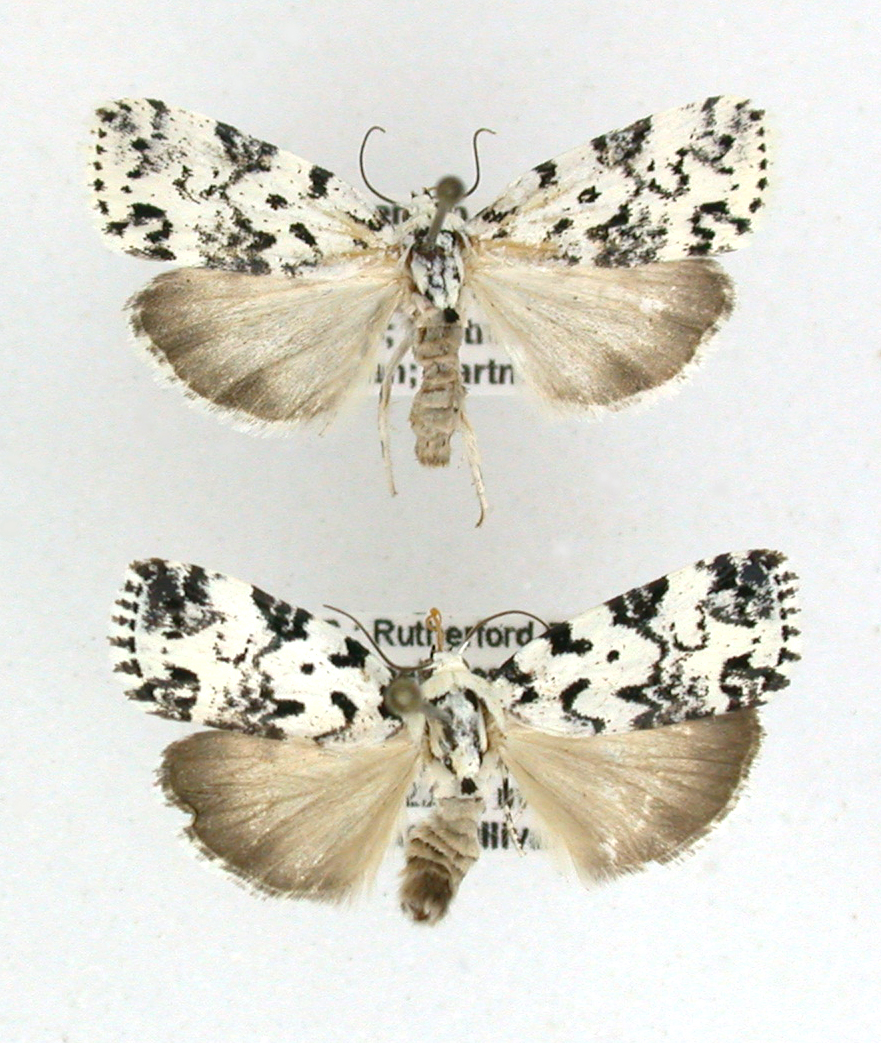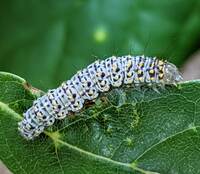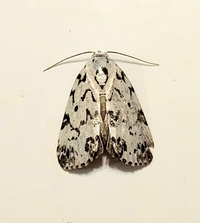
| Recorded by: Mark Basinger on 2025-09-20
Brunswick Co.
Comment: | 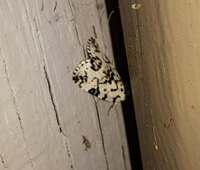
| Recorded by: Allison Garton on 2025-09-03
Moore Co.
Comment: |

| Recorded by: Dean Furbish and Joy Wiggins on 2025-09-02
Wake Co.
Comment: | 
| Recorded by: Allison Garton on 2025-08-29
Moore Co.
Comment: |

| Recorded by: Mark Basinger on 2025-08-23
Brunswick Co.
Comment: | 
| Recorded by: Mark Basinger on 2025-08-20
Wilson Co.
Comment: |

| Recorded by: Jim Petranka, Marilyn Westphal and Becky Elkin. on 2025-08-17
Henderson Co.
Comment: | 
| Recorded by: David George, Kevin Bischof, Rich Teper, Patrick Coin on 2025-08-16
Transylvania Co.
Comment: |
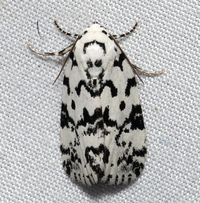
| Recorded by: David George, Kevin Bischof, Rich Teper, Patrick Coin on 2025-08-15
Transylvania Co.
Comment: | 
| Recorded by: Marilyn Westphal on 2025-08-14
Henderson Co.
Comment: |
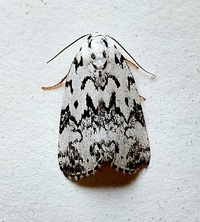
| Recorded by: Mark Basinger on 2025-08-12
Ashe Co.
Comment: | 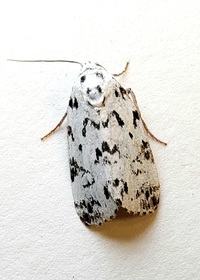
| Recorded by: Mark Basinger on 2025-07-28
Wilson Co.
Comment: |
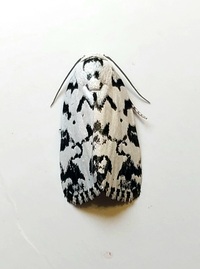
| Recorded by: Mark Basinger on 2025-07-23
Brunswick Co.
Comment: | 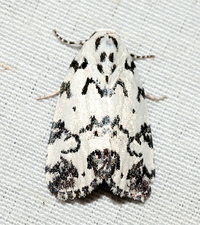
| Recorded by: David George, Jeff Niznik, Rob Van Epps, Kevin Metcalf on 2025-07-20
Richmond Co.
Comment: |
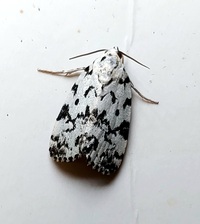
| Recorded by: Mark Basinger on 2025-07-13
Rowan Co.
Comment: | 
| Recorded by: Mark Basinger on 2025-07-07
Brunswick Co.
Comment: |

| Recorded by: Mark Basinger on 2025-07-06
Wilson Co.
Comment: | 
| Recorded by: Allison Garton on 2025-07-05
Moore Co.
Comment: |

| Recorded by: B. Bockhahn on 2025-07-03
Macon Co.
Comment: | 
| Recorded by: David George, Patrick Coin on 2025-06-29
Moore Co.
Comment: |

| Recorded by: David George, David Cheng, Patrick Coin on 2025-06-29
Richmond Co.
Comment: | 
| Recorded by: David George on 2025-06-29
Richmond Co.
Comment: |
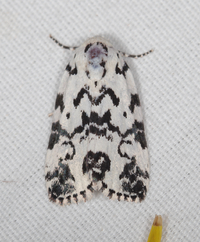
| Recorded by: Jim Petranka, Mark Basinger and Becky Elkin, David George on 2025-06-29
Richmond Co.
Comment: | 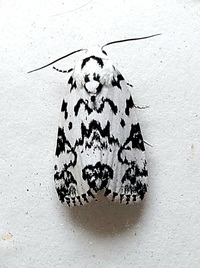
| Recorded by: Mark Basinger on 2025-06-27
Rowan Co.
Comment: |

| Recorded by: Jim Petranka, Mark Basinger and Becky Elkin on 2025-06-25
Mitchell Co.
Comment: | 
| Recorded by: Mark Basinger on 2025-06-24
Buncombe Co.
Comment: |
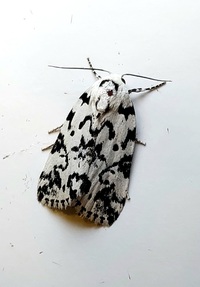
| Recorded by: Mark Basinger on 2025-06-18
Brunswick Co.
Comment: | 
| Recorded by: Mark Basinger on 2025-06-14
Rowan Co.
Comment: |

| Recorded by: Jim Petranka on 2025-06-08
Madison Co.
Comment: | 
| Recorded by: Mark Basinger on 2025-05-22
Wilson Co.
Comment: |
|

 »
»